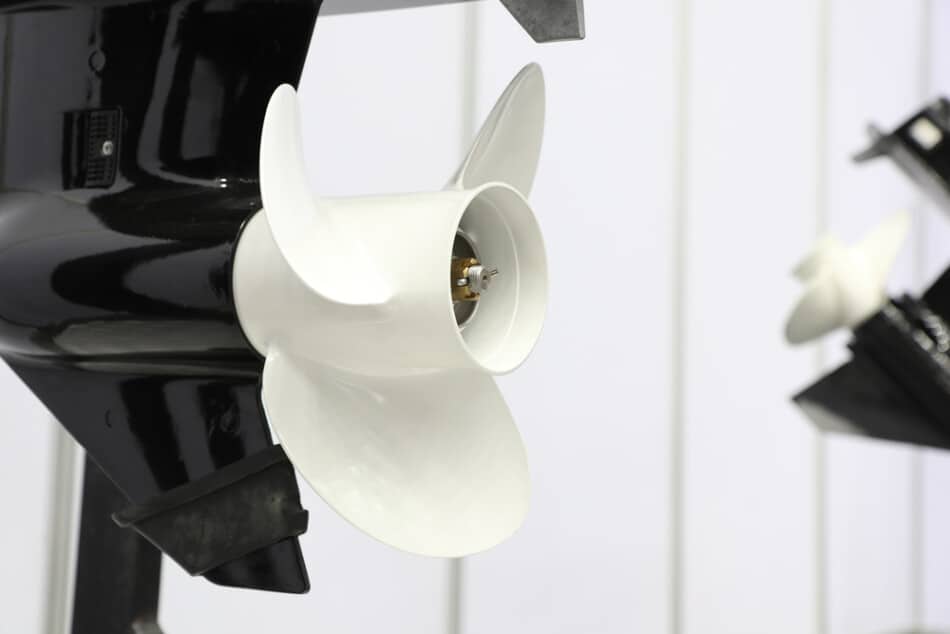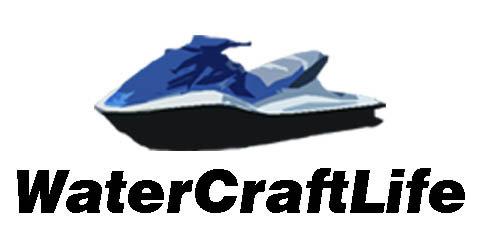
Routine maintenance should include inspection and replacement of your impeller if it is showing signs of wear. Some people say, “if you are inspecting it, you may as well replace it.” This is a simple task that could save you time and money and also prevent a great day on the water from turning into a horrible one.
How often should the impeller on a boat be replaced? It is recommended that a boat impeller be replaced every two to three years or 300 hours, whichever comes first. However, it is suggested to also visually inspect your impeller at the beginning of each season for any signs of wear or damage.
What is an impeller and what does it do?
A boat impeller is a series of rubber vanes molded around a small round disc that is used to pump cool water from outside the boat through the engine’s raw water cooling plumbing, which keeps the engine cool when running. It is a vital component of the engine’s cooling system.
Why do you need to replace the impeller on your boat?
Your boat’s motor requires a steady flow of water to keep it cool, so if the impeller fails, your engine will be unable to pump cool water causing it to overheat which in turn can cause permanent damage.
What are some causes of impeller failure?
The flexible rubber vanes of the impeller can wear out for many reasons, including just simple use. Other conditions that can shorten the life of your impeller:
- Water conditions – Sandy or sitly water is abrasive and can cause an impeller to wear out very fast. You will want to inspect your impeller frequently and replace it every year or every 100 hours if using your boat in particularly sandy water.
- Long term storage – Sitting for long periods of time may cause the impeller vanes to become dry and brittle. You may also notice a “set” in the blades, which will cause impeller performance to degrade gradually over time. Visual inspection would be important after long periods of non-use/storage.
- Running dry – As well as cooling for your engine, water also lubricates the impeller, so running the engine while dry could ruin the impeller pump within just a few seconds. It is never recommended to run your engine while dry.
How do I know if my impeller needs replaced?
You should not ignore the warning signs of impeller failure. If failure occurs during use, you could be left stranded in need of a new engine.
- Visual inspection: Again, you should inspect your impeller at the start of each season. If there are signs of wear, cracked or damaged vanes, or you notice the impeller is dry and brittle, it is time to replace your impeller.
- Engine overheating: It is always cause for concern when your engine’s water temperature begins to climb, especially when at low idle. You may also notice a reduced outflow stream of water after the motor has reached normal operating temperature. This could be a clogged cooling water outlet, or it could be a worn or damaged impeller.
- Time versus heavy use: If the impeller has been in service for three years or 300 hours, you should replace the impeller. Over time the impeller can simply become hard, take a set shape, or in extreme cases, just fall apart.
How hard is it to replace an impeller?
Even if you have never done it before, replacing a bad impeller should only take around 30 minutes. Every boater should consider learning how to replace an impeller as part of regular boat maintenance.
How much does it cost to replace an impeller?
If you take your boat to a shop for replacement, you could pay on average a shop cost of 1-2 hours, which could be anywhere from $100 to $350 plus parts, which are roughly $100.
For the do-it-yourselfer, you can find most inboard outboard impellers as well as outboard motor impellers on Amazon. Here are some examples for a Honda 8hp outboard, a Mercury Mercruiser Alpha One Sterndrive, and for a Volvo Penta impeller.
Here are a few videos to help you tackle impeller replacement yourself:
The hardest part of maintaining your impeller is accessing it. The water pump housing seems to always be located in the tightest and hardest to reach areas of your engine compartment. You should refer to your owner’s manual for the exact location of your boat’s impeller, but here are a few videos that may help also:
Mercury inboard:
Mercruiser Alpha One Sterndrive:
Yamaha outboard:
How to replace an outboard impeller in 15 minutes:
Summary:
Routine yearly maintenance should always include visual inspection of the impeller, looking for signs of wear. You may be lucky and your impeller may last for several years, however, the risks may far outweigh the benefits. Some people replace the impeller every year as it is inexpensive and easy to install and offers peace of mind. At the very least, you should follow your manufacturer recommendations to save yourself from having a catastrophic failure and having to replace a whole engine.
Also, It is recommended to carry a spare impeller, or even two, so you can easily swap it out in case of emergency. To aid in replacement you should also carry a channel lock or needle-nosed pliers and some lube (liquid soap works great). It is a good idea to carry extra faceplate screws as well since they are small and easy to drop when removing them.
Enjoy your new-found knowledge on boat impellers, and cheers to another great boating season.

